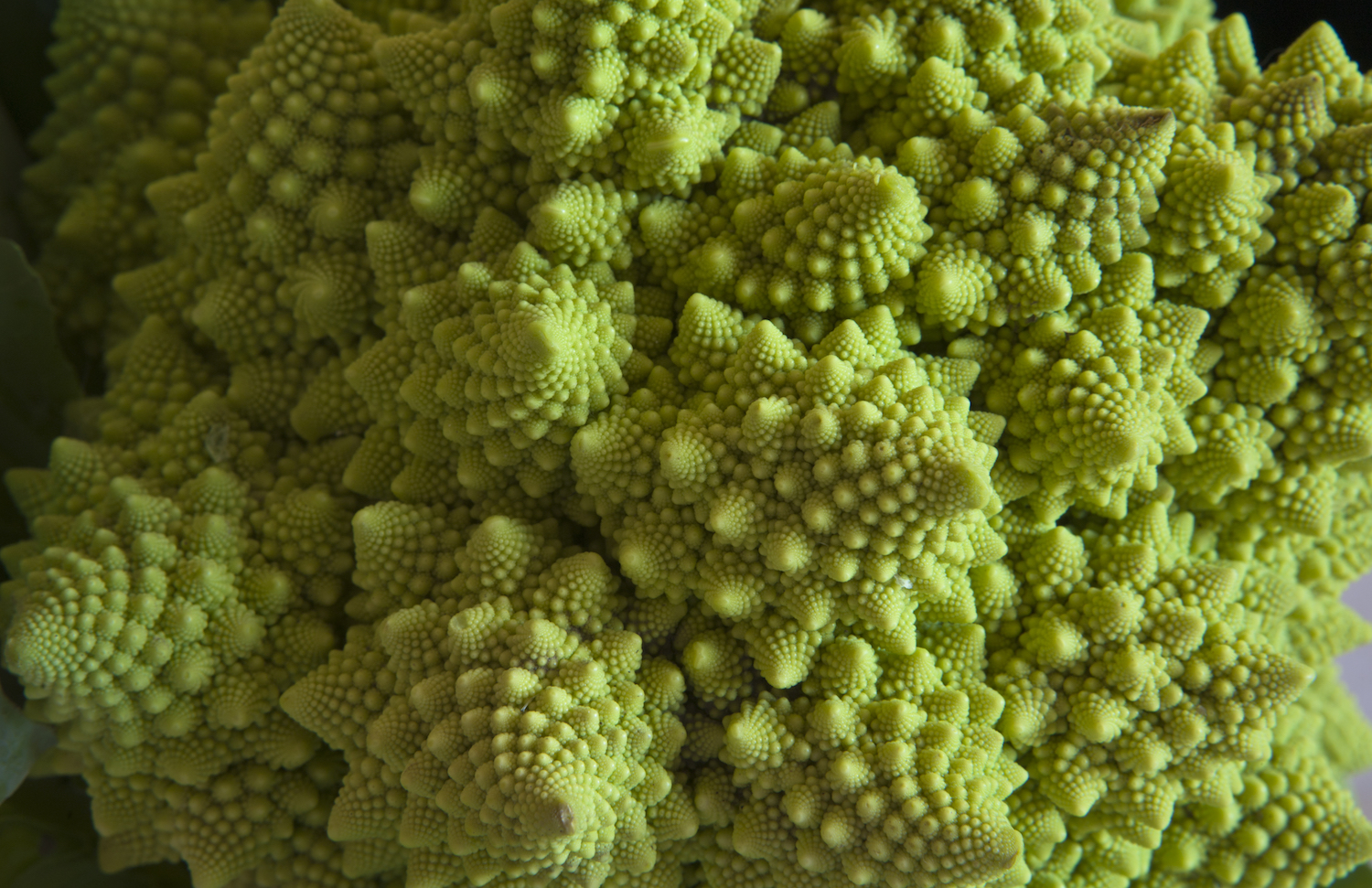
As the process repeats, a spiral naturally occurs. In order to fill the space efficiently, each new seed appears at an angle offset from the previous one. Small seeds are produced at the centre of the flower and then spread outwards. Take seeds in a flower head as an example. It is actually as far as you can get from a fraction, which is why it's important for organic growth. It is an irrational number, meaning that it can't be expressed as a fraction (0.25 is ¼, 0.5 is ½, and so on).

The fundamental factor concerning the golden ratio is its mathematical properties. The golden ratio has a value of roughly 1.618034. This is illustrated in the diagram beneath. The golden ratio can be derived by means of dividing a line segment at the unique point where the ratio of the whole line to the largest segment is the same as the ratio of the large segment to the small segment. Fibonacci Sequence and the Golden RatioĬlosely associated with the Fibonacci sequence is the golden ratio, or phi - a number that has fascinated mankind for many centuries. Only as recently as 1993 were the Fibonacci numbers scientifically proven to exist in nature, and there's still a lot to learn. The sequence is applicable to the growth of all living things, from a single plant cell to a honeybee’s family tree nature depends on simple operations to construct immensely complicated, often gorgeous, structures, and the Fibonacci sequence reflects this. This is a very simple way of generating growth quickly and explains why the Fibonacci numbers appear in nature so frequently. The Fibonacci sequence is all about growth you're taking the information you could have beforehand to get the following piece of data. Fibonacci Sequence as a Natural Growth Pattern It transpired that the sequence described something a lot more complicated than the breeding trend of rabbits. Following Lucas's research, the numbers were more and more observed in structures within the flora and fauna - from the spiralling bracts of a pinecone and the florets on a cauliflower to the number of petals on a sunflower. He gave Fibonacci's collection of numbers its name. It wasn't until much later that the importance of those numbers has been understood after French mathematician Edouard Lucas studied them in closer detail within the 19th century while working on his own, similar, sequence of numbers.

The numbers get large very quickly, and the sequence is infinite.

Each number is the sum of the previous two. The total number of pairs of rabbits at the beginning of each month followed a pattern: 1, 1, 2, 3, 5, 8, 13, 21, 34, 55, 89, 144, and so forth. Rabbits can reproduce at the age of one month, so at the end of its second month, a female can produce another pair of rabbits. One of these problems pertains to how quickly rabbits may breed, supposing not one of the rabbits died and that the female at all times produced a brand-new pair (one male and one female). He is credited with spreading all the way through Europe the use of the Hindu-Arabic numerical system together with the digits 0-9 and place value, the way in which by which the value of a digit is dependent upon its position (units, tens, hundreds and so on).Īs well as explaining the way to use the brand-new numerical system, Fibonacci's book, Liber abaci (1202) addresses numerous mathematical problems. The Fibonacci sequence is named after a Thirteenth-century Italian mathematician Leonardo of Pisa, who was referred to as Fibonacci. Bodenham Arboretum What is the Fibonacci Sequence?


 0 kommentar(er)
0 kommentar(er)
